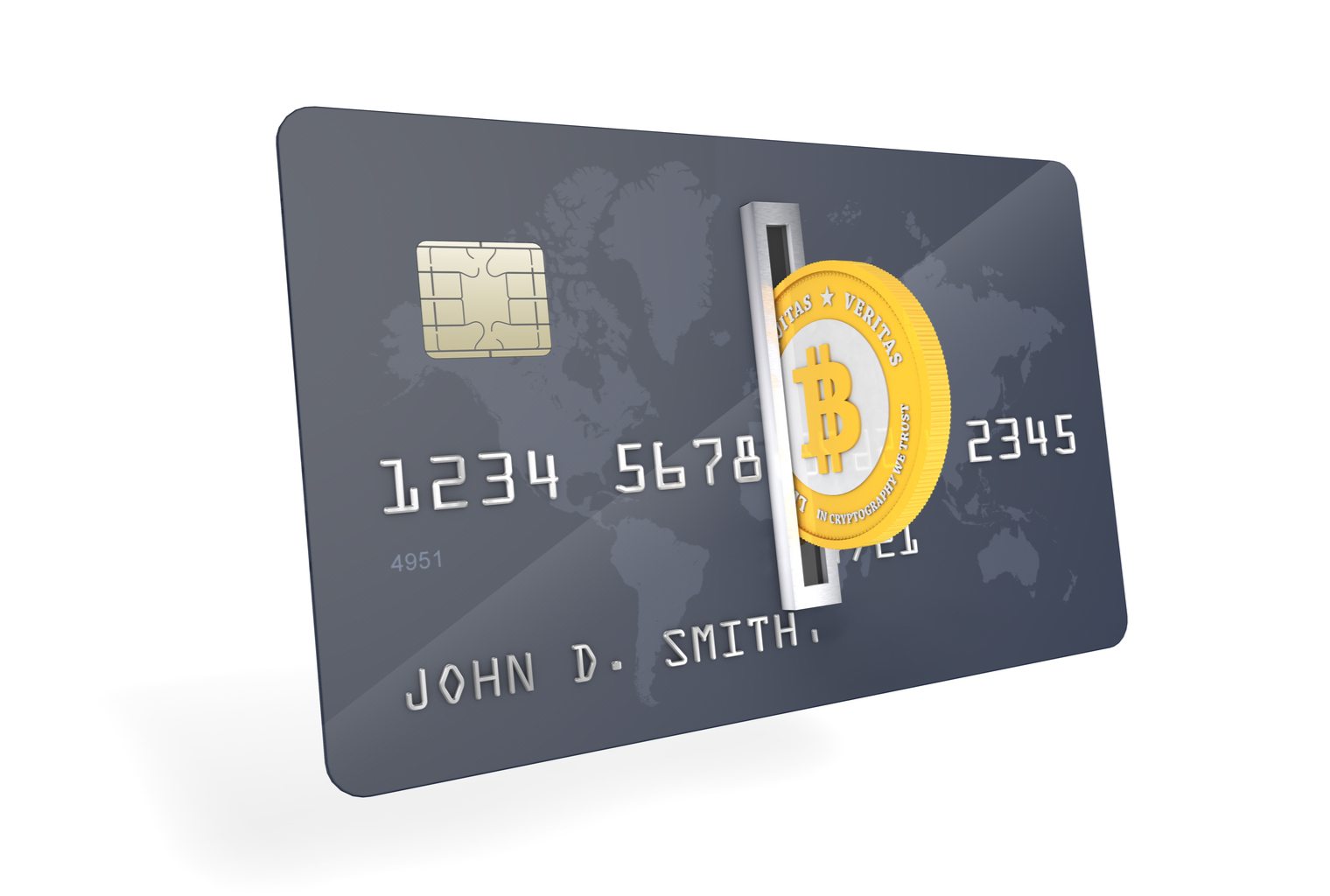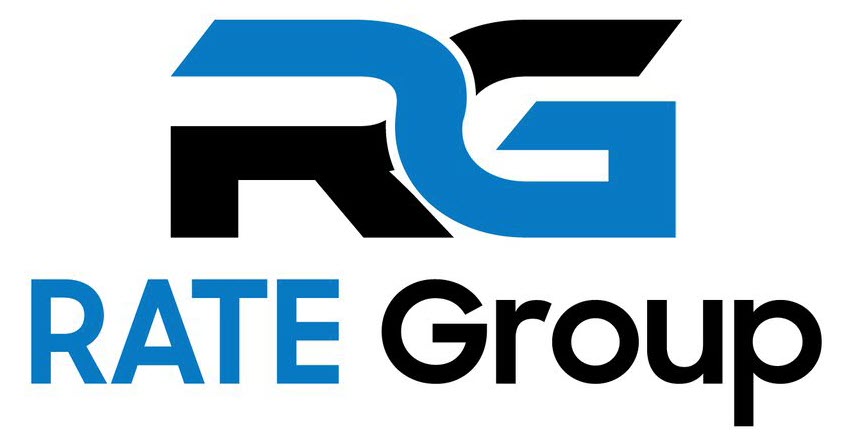
23 Oct How Centralized Payment Systems Learned to Accept Decentralized Cryptocurrency
[ad_1]

They might not be shouting it from the rooftops, but fiat payment gateways are no longer the enemy of bitcoin. Hostilities have ceased, the bad blood has been let, and today the fiat and crypto worlds are bridged and doing business. Despite the two systems sporting opposing aims and architecture, many centralized payment processors have learned to live with decentralized currency.
Also read: How Fiat Money Fails: Deconstructing the Government’s Paper-Thin Promise
From Enemies to Frenemies
In the early days of Bitcoin, traditional fiat payment systems were an unwitting friend of cryptocurrency. Paypal was the on-ramp for the first bitcoin exchange, bitcoinmarket.com, though it was a short-lived affair. Cold feet on the part of fiat payment systems, once they caught wind of exactly what bitcoin was, saw crypto payments banned altogether, but in the years since, the tide has turned. Today, centralized and decentralized payment systems are more closely aligned…
[ad_2]
Source link

